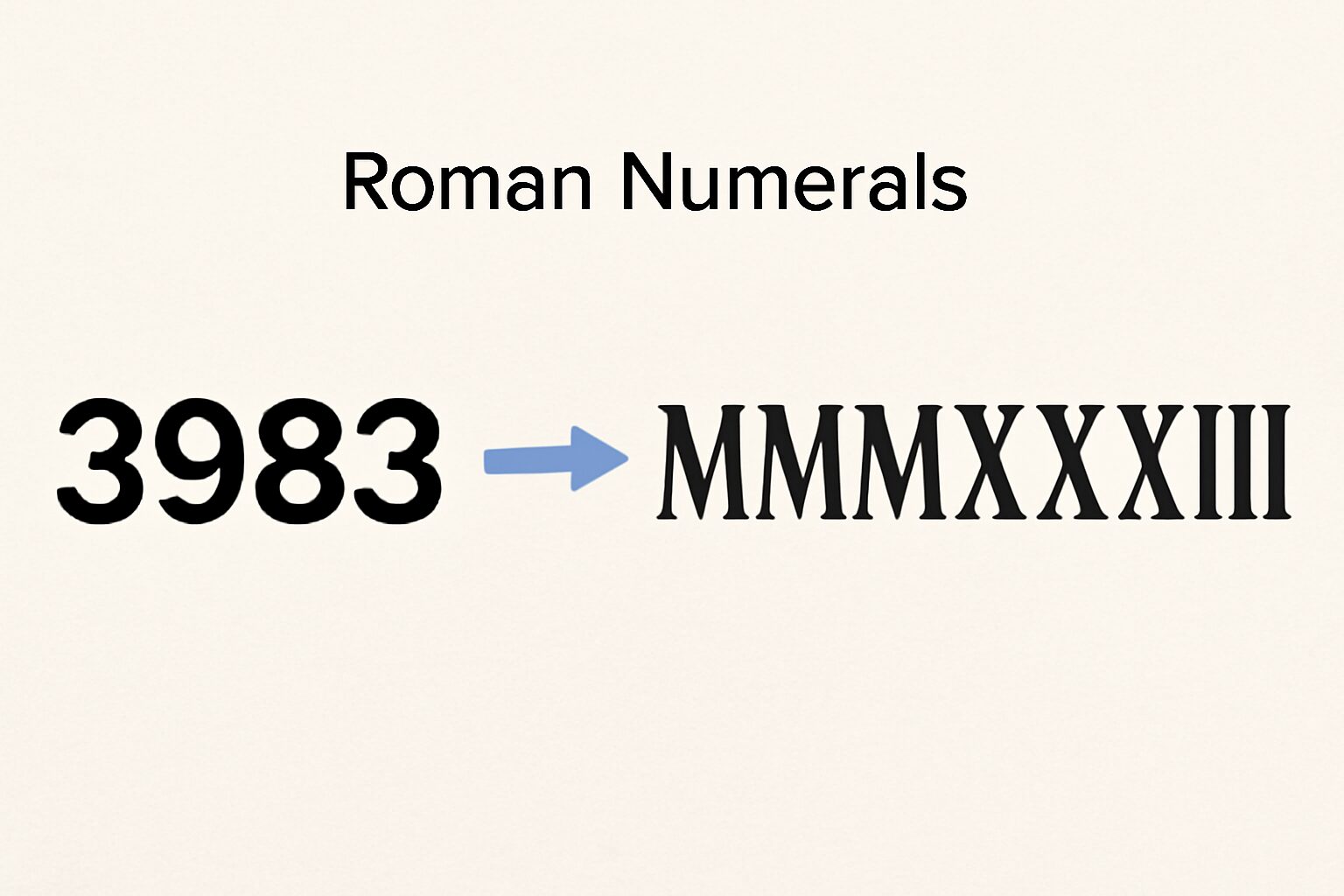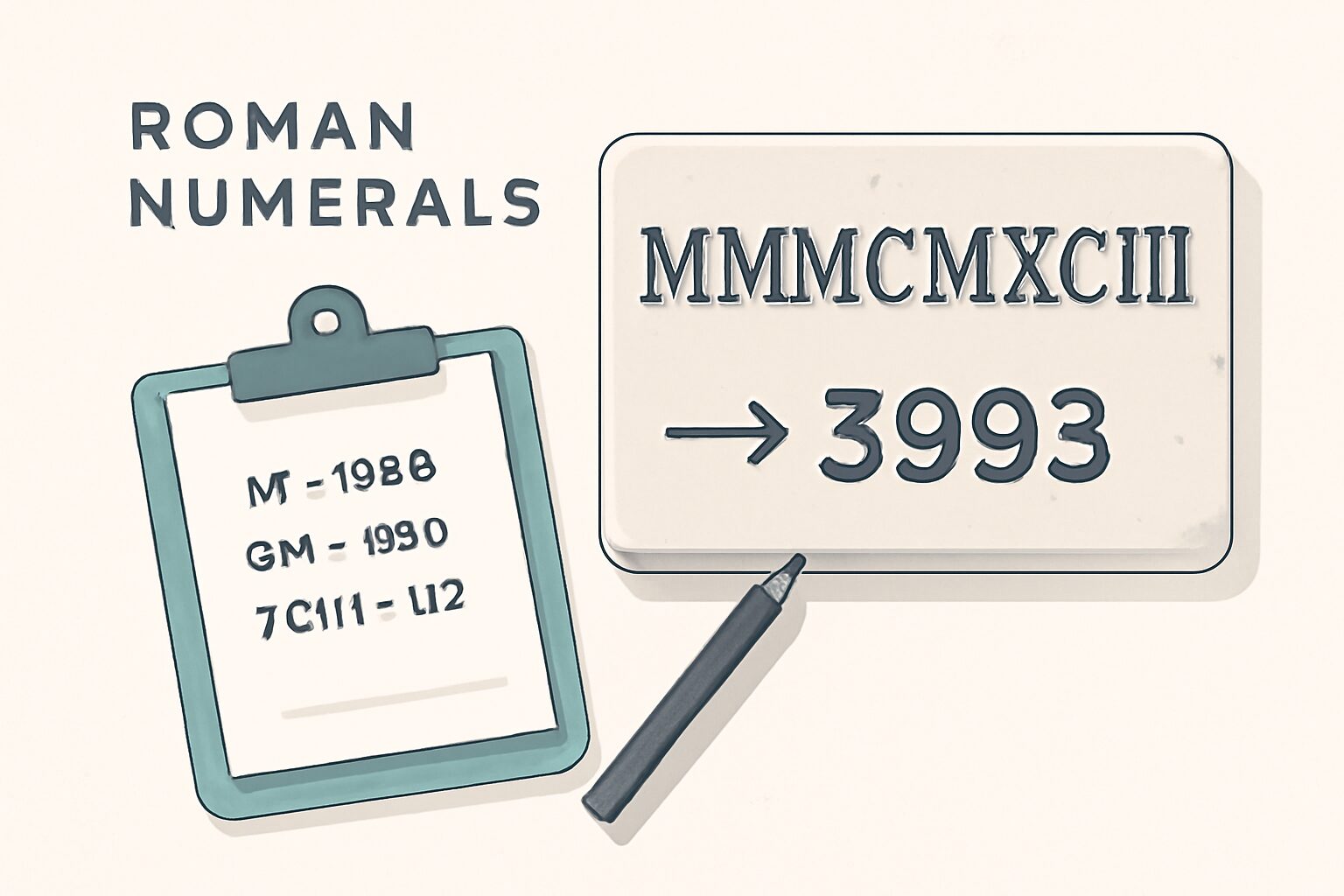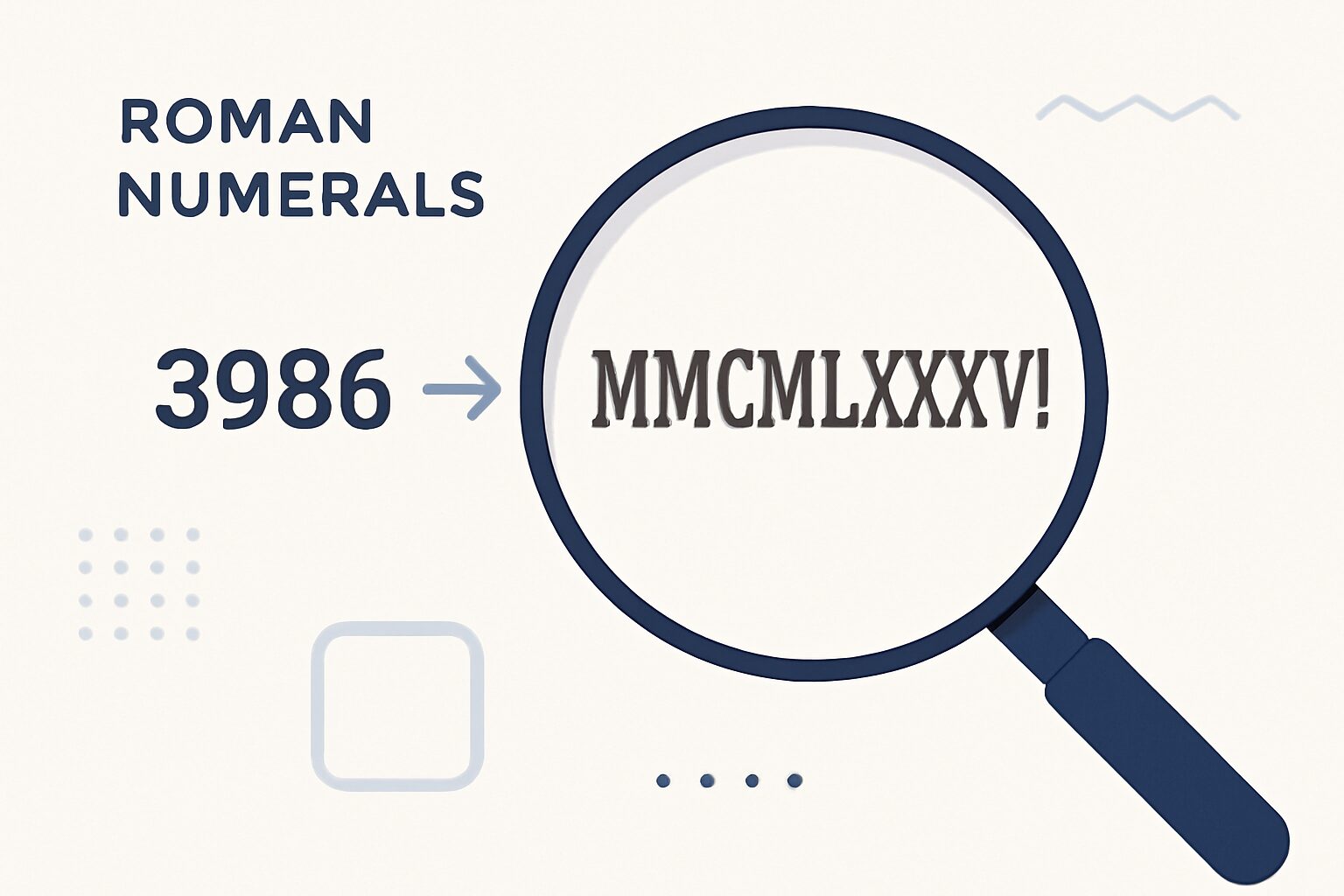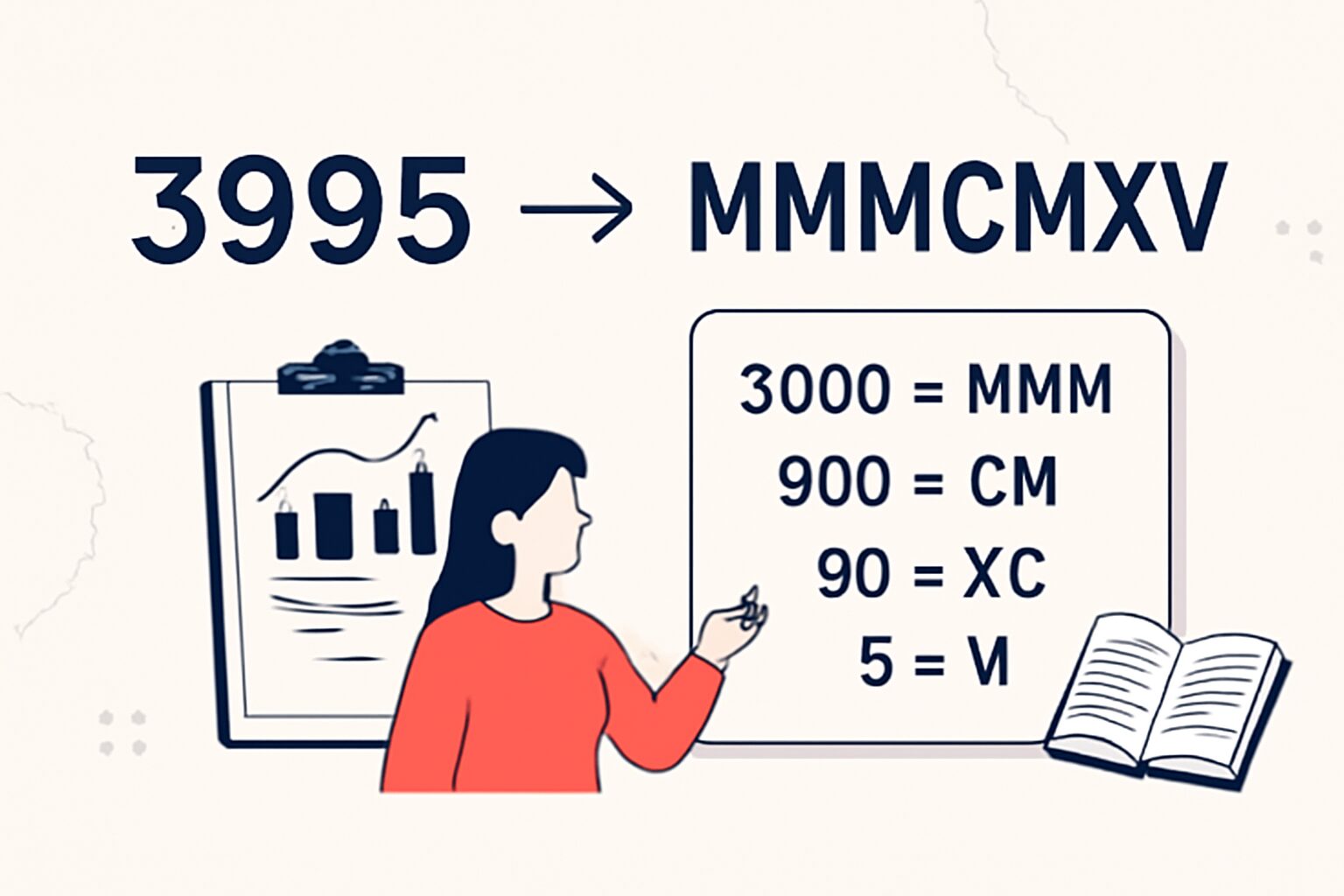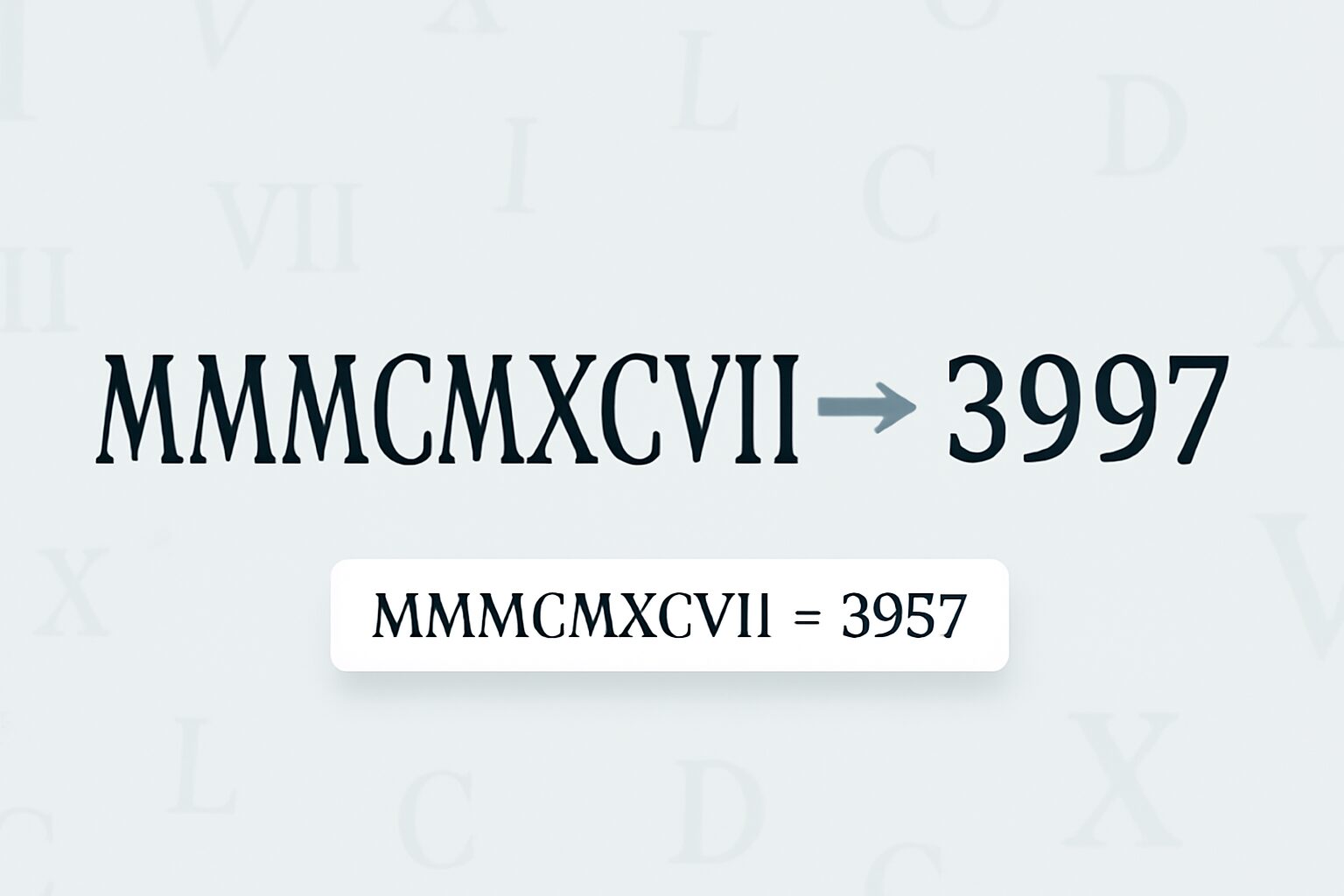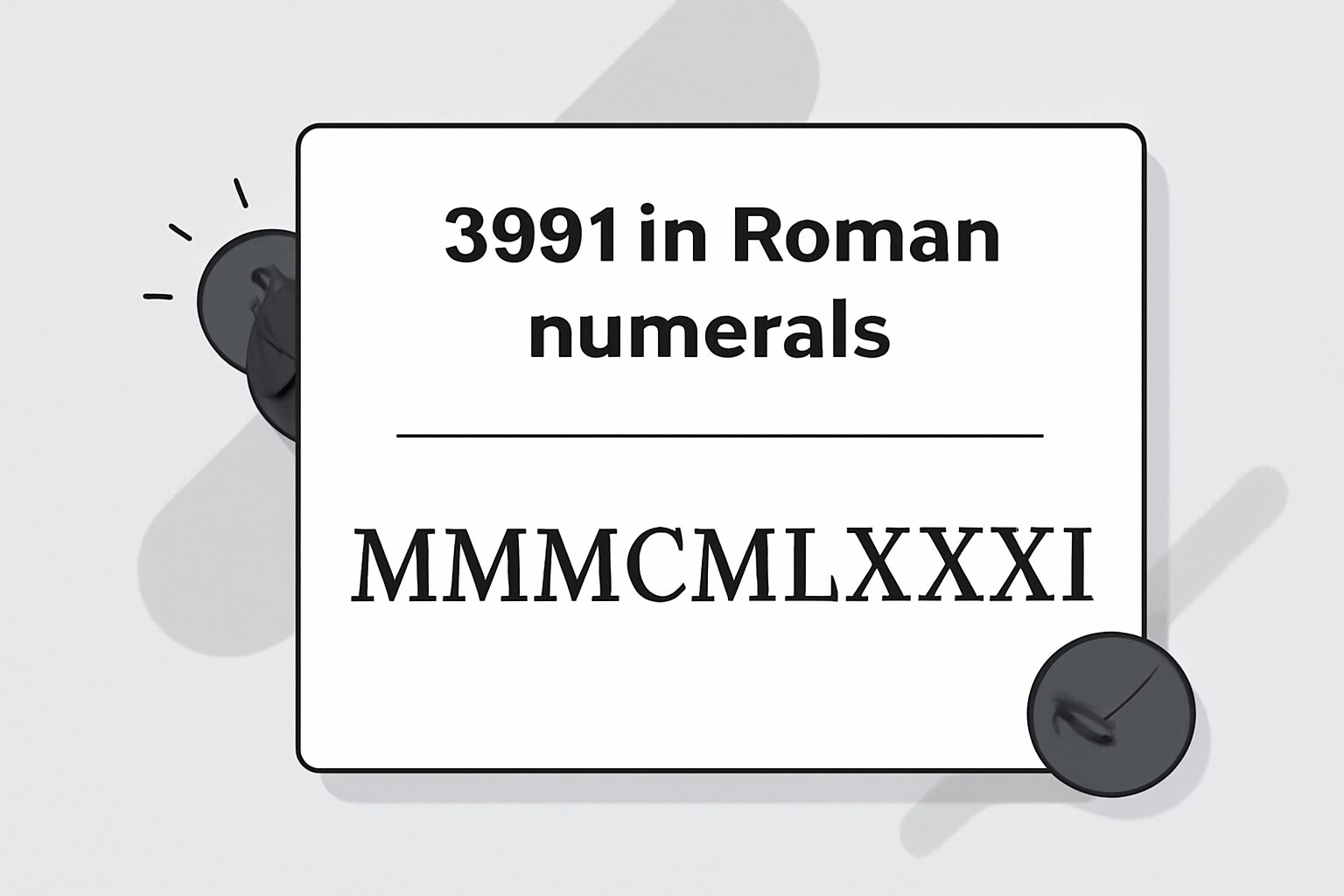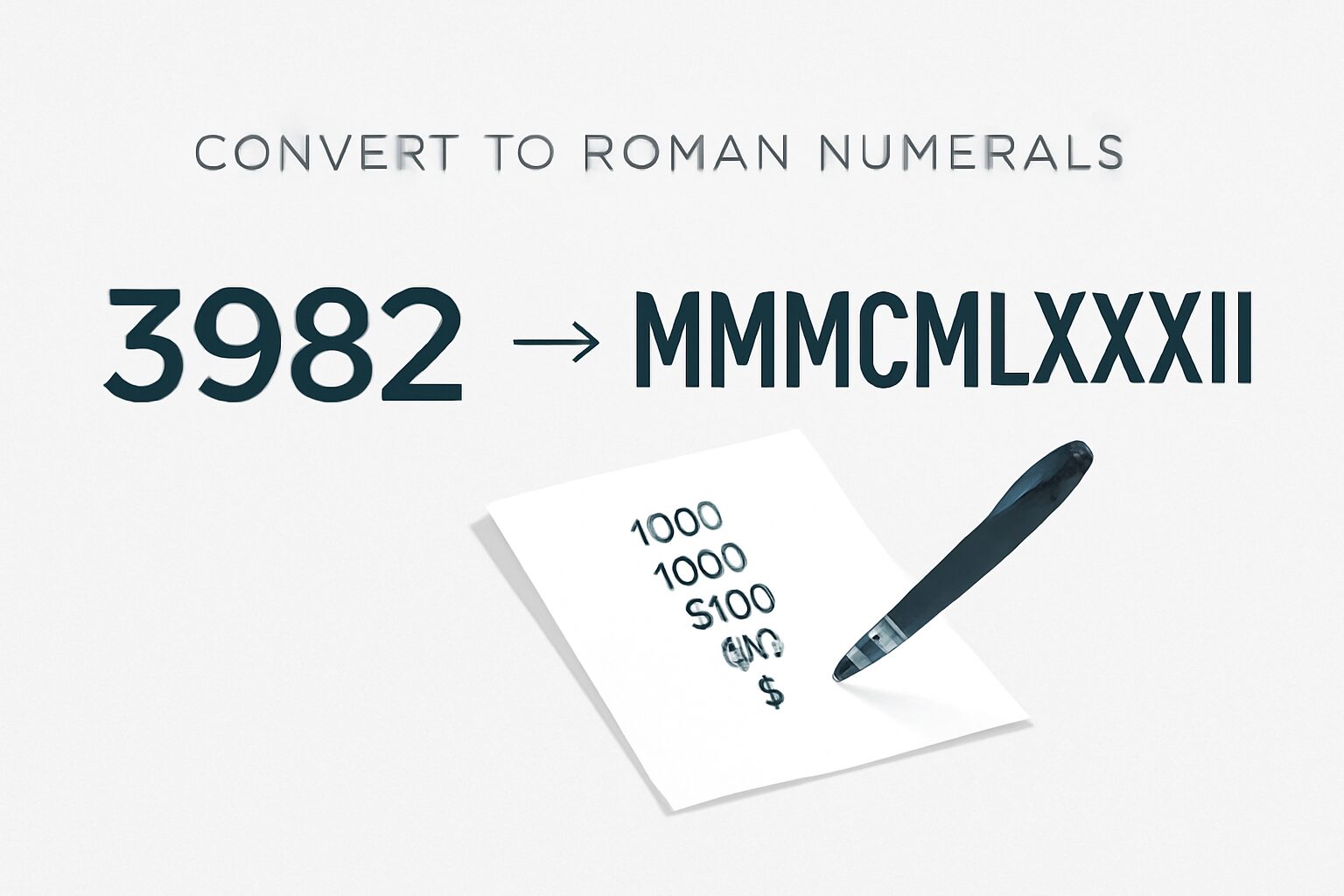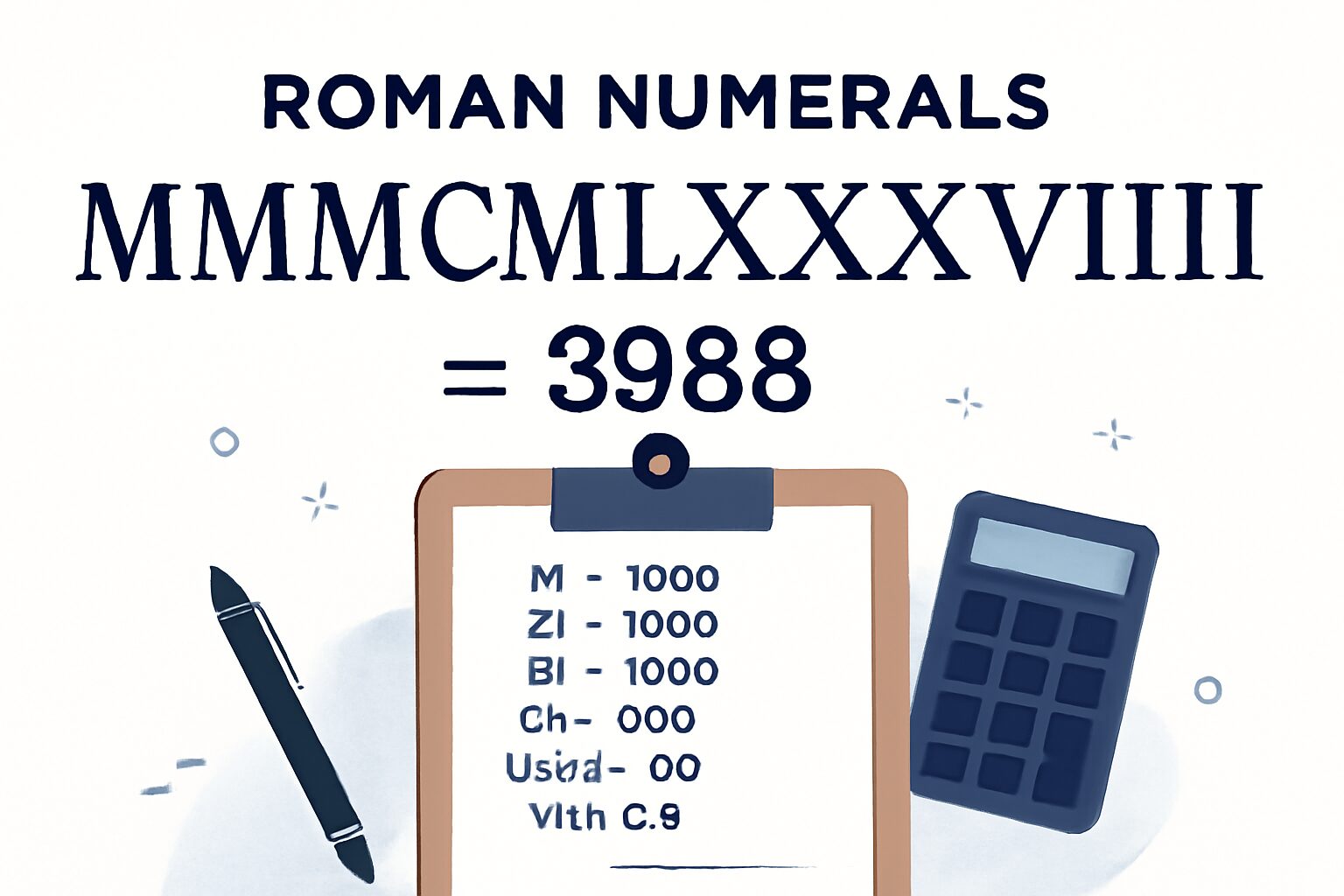
How to Convert 2 into Roman Numerals
Roman numerals are made up of seven letters: I (1), V (5), X (10), L (50), C (100), D (500), and M (1000). To write a number like 2, we combine these letters starting from the largest value and working down to the smallest.
Let's break 2 into parts and build the Roman numeral step by step:
1 fits into what's left of the number two times.
That means we add II to our Roman numeral because two × one equals 2.
Final Answer
After combining all the parts, the Roman numeral for 2 is:
II
Tip: If a smaller numeral appears before a larger one (like IV), it means you subtract. If a smaller one comes after a larger one (like VI), it means you add. You'll see both styles when needed.
How to Convert the Roman Numeral II into a Normal Number
To convert a Roman numeral to a normal number, we read it from left to right and add up the values of each symbol. However, if a smaller symbol appears before a larger one, we subtract the smaller value instead of adding it.
Let's break down II step by step:
Step 1: We see I, which means we add one (add 1).
Step 2: We see I, which means we add one (add 1).
Total calculation: I (1) + I (1) = 2
Final Answer
The normal number for the Roman numeral II is:
2
Tip: Remember the key rule - if a smaller numeral appears before a larger one (like IV), subtract the smaller value. If a smaller one comes after a larger one (like VI), add the values together.
What happened in the year 2?
In the year 2, the Roman Empire celebrated the Secular Games, a grand festival to mark a new era.
In the year 2, Gaius Caesar, grandson of Augustus, was made consul of Rome at a young age.
In the year 2, the Han Dynasty in China continued its expansion and consolidation under Emperor Ping.
In the year 2, the Parthian Empire and Rome maintained a tense peace along their shared borders.
In the year 2, construction and architectural projects flourished in Rome, reflecting Augustus's cultural reforms.


